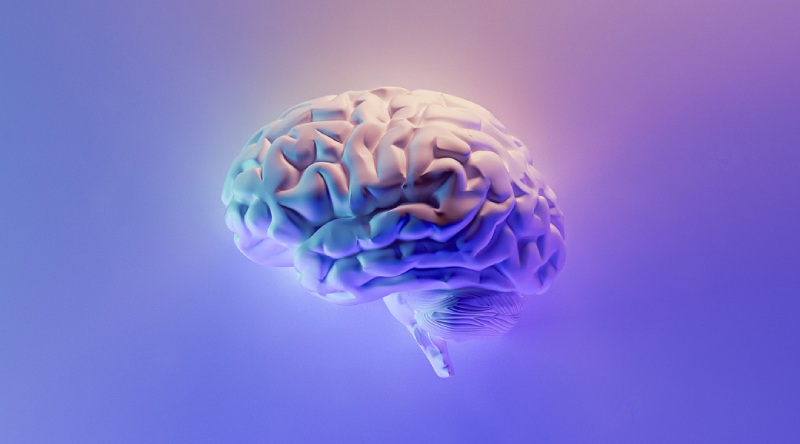In an unprecedented scientific endeavor, scientists have produced the first 3D-printed brain tissue that functions similarly to native brain tissue. This is seen as a significant advancement in the search for cutting-edge treatments for neurological and neurodevelopmental problems.
This will have a significant positive impact on scientific research programs that are specifically targeted at treating a wide range of neurological and neurodevelopmental illnesses, including Parkinson’s and Alzheimer’s disease.
According to Su-Chun Zhang, a professor of neuroscience and neurology at the Waisman Center at UW–Madison, “this could be a hugely powerful model to help us understand how brain cells and parts of the brain communicate in humans,” as reported by Neuroscience.
He went on, “It could change the way we look at stem cell biology, neuroscience, and the pathogenesis of many neurological and psychiatric disorders,”
novel strategy
The scientists here used a 3D printer that eschewed the conventional method in favor of horizontal layer stacking. They used a softer “bio-ink” gel than had been used in earlier attempts to place brain cells, namely neurons developed from induced pluripotent stem cells.
Zhang continued, “The tissue is soft enough to allow the neurons to grow into each other and start talking to each other, but it still has enough structure to hold together.”
Scientist Yuanwei Yan in Zhang’s group stated that the tissues remained relatively thin, facilitating easy neuronal access to sufficient oxygen and nutrients from the growing environment.
Neuronal communication
Via neurotransmitters, the neurons interact, convey signals to one another, and potentially build functional networks with support cells incorporated into the printed tissue.
Zhang stated, “We printed the striatum and the cerebral cortex, and what we found was quite striking.” He continued, “Even when we printed different cells belonging to different parts of the brain, they were still able to talk to each other in a very special and specific way,”
Experts claim that the printing technology provides a high degree of precision not found in other methods, such as brain organoids, which are tiny organs used to research the brain. With appropriate organization and management, the approach allows for control over both the types and configurations of cells.
This gives scientists more freedom to pursue their research goals, which opens the door for significant breakthroughs in the area.
